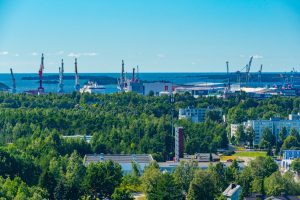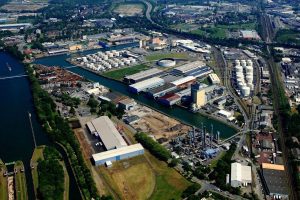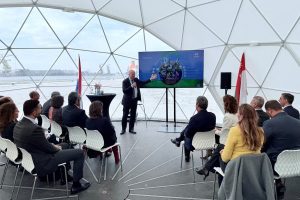Intelligent Energy recently announced a multi-million-pound investment in the UK’s net-zero infrastructure through the development of a new fuel cell testing facility at Chelveston. Proventia is supplying two bespoke test laboratories to support high-power fuel cell testing as part of this project.
The laboratories will include four test cells that will support the ongoing development of hydrogen fuel cell stack systems up to 325 kW, which are essential for delivering effective, large-scale hydrogen systems.
The testing facility will run on green hydrogen generated at Chelveston Renewable Energy Park, enabling Intelligent Energy to test its IE-DRIVE™ and IE-FLIGHT™ fuel cells for automotive and aerospace applications. This includes fuel cell systems for cars, buses, trucks, stationary power, eVTOL, and passenger aircraft.
Once installation is complete, the facility will test fuel cell systems with a total power capacity of up to 1.3 MW, ensuring both performance and durability at scale.
“Hydrogen, when it’s green, can be a significant step towards decarbonizing emissions-heavy sectors such as aviation or heavy-duty machinery and vehicles. We are pleased to be part of the innovative hydrogen economy by providing, for example, these test facilities”, says Jari Lotvonen, CEO of Proventia.
Martin Schaefer, Operations Director at Intelligent Energy, commented: “Proventia has been a crucial part of our journey in scaling up our testing facilities in the UK. The facilities will enable us to provide our customers with high-quality, reliable products at high-power outputs and bolster our position as a leader in the industry.”
David Dabbs, Electrolyser & Modular Laboratory Infrastructure Manager at Intelligent Energy, added: “Over the past two years, we have collaborated closely with Proventia to develop a modular fuel cell testing facility. Their expertise in facility development has transformed our testing requirements into a robust and safe laboratory where our engineers can work effectively. This new capability will allow Intelligent Energy to continue advancing our increasingly powerful products well into the future.”






